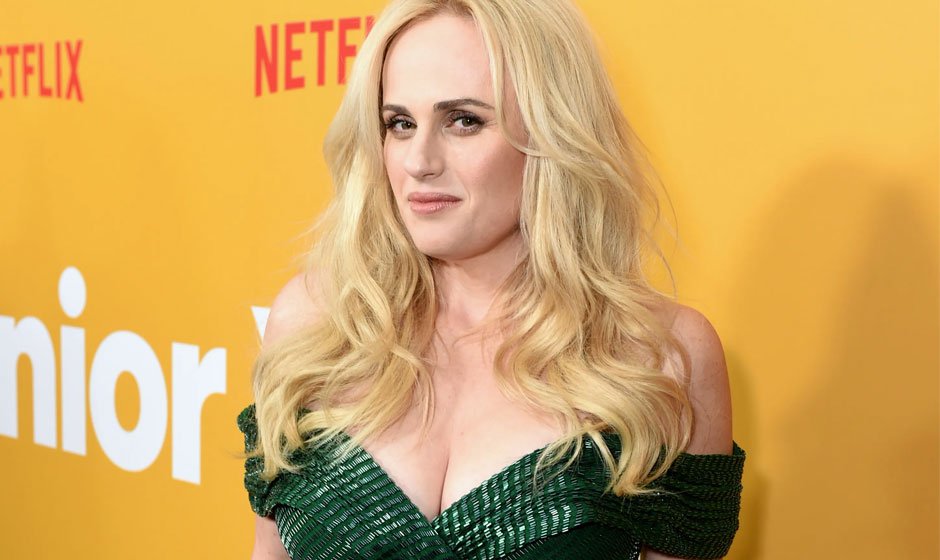Introduction
In the realm of modern beauty, TikTok has become a powerful platform, showcasing images of what is considered attractive. The latest trend emphasizes chiseled jawlines, defined chins, and hollowed cheekbones, deviating from the previous preference for round and full faces. Driven by a desire to mimic the appearance of fashion models, individuals are increasingly turning to plastic surgery, specifically ‘buccal fat removal,’ to achieve the desired angular and sculpted look. This article explores the rising popularity of this cosmetic procedure and its impact on beauty standards.
Unveiling the World of ‘Buccal Fat’
Until recently, the general public may not have been familiar with the term ‘buccal fat.’ Even Elizabeth Daniels, a psychologist specializing in body image, who has spent decades studying the subject, admits to being unaware of this specific aspect of the face. The increasing niche expectations of beauty have led to a growing obsession with altering the fat located beneath the cheekbones to conform to the prevailing beauty standards.
The Rise of Buccal Fat Removal
Buccal fat removal has gained traction as a popular plastic surgery trend, involving the extraction of fat from the lower cheeks. This procedure aims to create a more angular and chiseled facial appearance. Notably, model Chrissy Teigen embraced this trend in October 2021, generating significant interest in the cosmetic enhancement. Recently, a photo of Lea Michele sparked further discussions on social media, fueling curiosity about her potential involvement in the procedure.
Exploring the Notion of ‘Buccal Fat’
‘Buccal fat’ refers to the natural fatty tissues located in the midface and lower face, responsible for shaping the soft and rounded jawline. Functionally, this fat acts as a cushion between two chewing muscles: the buccinator and masseter muscles. Through buccal fat removal surgery, lasting approximately one hour, individuals can achieve a slimmer and more defined facial appearance. The procedure involves creating a small incision inside the cheek, beneath the saliva duct, to gently extract the buccal fat pad into the mouth.
The Influence of Social Media and Selfie Culture
Social media plays a pivotal role in popularizing buccal fat removal, as numerous users document their experiences and showcase the results. However, caution must be exercised when consuming these posts, as they often fail to adequately address the potential risks and permanent nature of the procedure. The ongoing obsession with attaining a narrower and slimmer silhouette can be attributed, in part, to the prevalence of selfie culture. Constantly viewing distorted reflections of themselves prompts individuals to seek specific alterations that align with current trends, such as the buccal fat removal look, reminiscent of the infamous “duck face.”
The Unspoken Realities of Buccal Fat Removal
Unlike temporary procedures like lip fillers or Brazilian Butt Lifts (BBLs), buccal fat removal is an irreversible surgical intervention. This permanence raises concerns, particularly as younger individuals increasingly opt for this controversial plastic surgery. Dr. Steven Pearlman, a board-certified facial plastic surgeon, highlights that prematurely reducing midface volume can lead to a prematurely gaunt appearance and accelerate the aging process. To mitigate these risks, Dr. Pearlman insists on performing buccal fat removal only for patients over the age of 30. However, on TikTok, individuals as young as 21 share their experiences with the procedure, inadvertently exposing impressionable viewers to potentially incomplete information.
Recognizing the Risks and Long-Term Effects
While buccal fat removal is generally safe, there are possible complications that, albeit rare, can arise from the procedure. These include prolonged post-operative swelling, hematoma, muscle weakness, and, in exceptionally rare cases, damage to the saliva duct if the incision is placed too high. It is vital to highlight the significance of informed decision-making, especially for younger individuals who may not fully comprehend the potential side effects and long-term implications of undergoing such a procedure. Pursuing permanent alterations based on beauty standards at an early age raises ethical concerns and necessitates a comprehensive understanding of the risks involved.
The Ever-Changing Beauty Standards
In the era of social media, the incessant exposure to evolving beauty standards instills newfound insecurities that individuals may not have previously recognized. Consider, for instance, the marketing of Brazilian Butt Lifts to those desiring wider hips and a smaller waist or the promotion of fillers to address so-called “gummy” smiles. Today, it is buccal fat removal that dominates social media platforms. These endless cosmetic options promise the illusion of attaining societal notions of perfection. However, the underlying reality is that beauty ideals are constantly evolving and often profit from perpetuating dissatisfactions by creating new imperfections that require further enhancement.
What Lies Ahead?
One cannot help but wonder what the future holds as society continues to succumb to newfound insecurities influenced by social media trends. Whether it involves altering a cuticle on a pinky toe or another unexpected body part, the trend exemplifies the limitless possibilities for self-perceived flaws. The ever-changing landscape of beauty standards necessitates critical reflection on the impact of these trends and the cultivation of self-acceptance.
In conclusion, buccal fat removal has emerged as a prominent cosmetic trend, driven by the desire to achieve a sculpted and angular facial appearance. As social media continues to shape beauty standards, individuals must approach these trends with caution, understanding the potential risks and long-term effects associated with permanent surgical procedures. A comprehensive understanding of the ever-evolving nature of beauty and the promotion of self-acceptance remain crucial in navigating the complex world of cosmetic enhancements.

